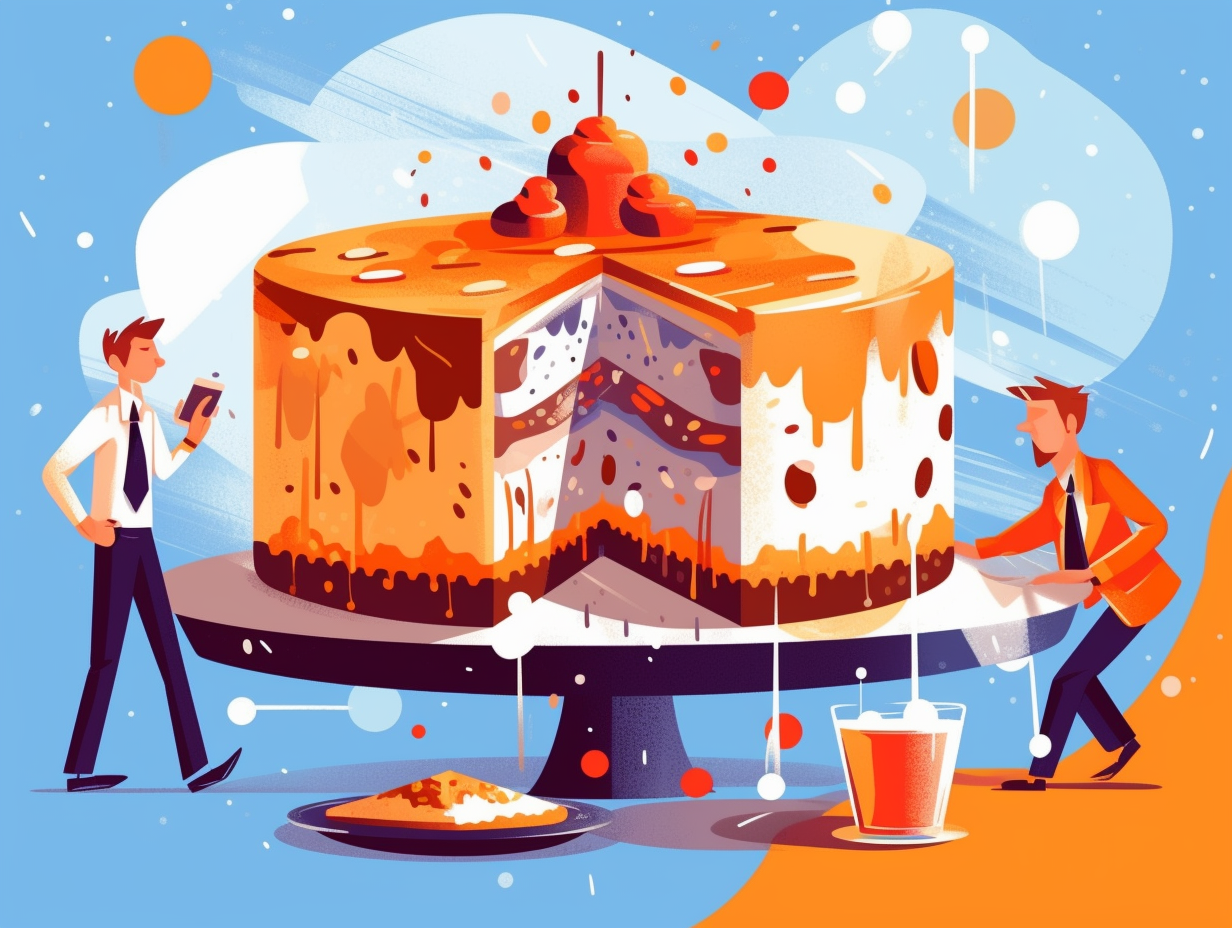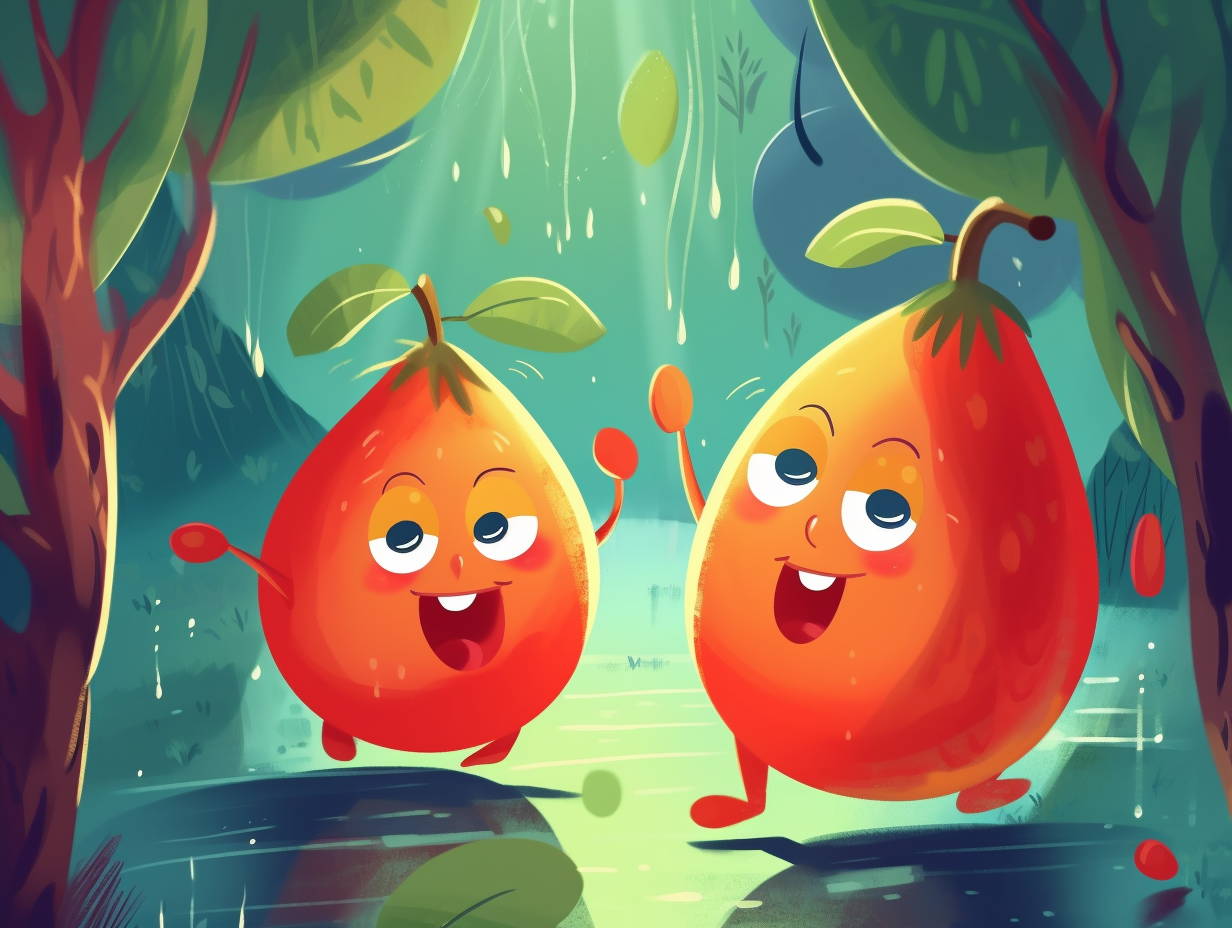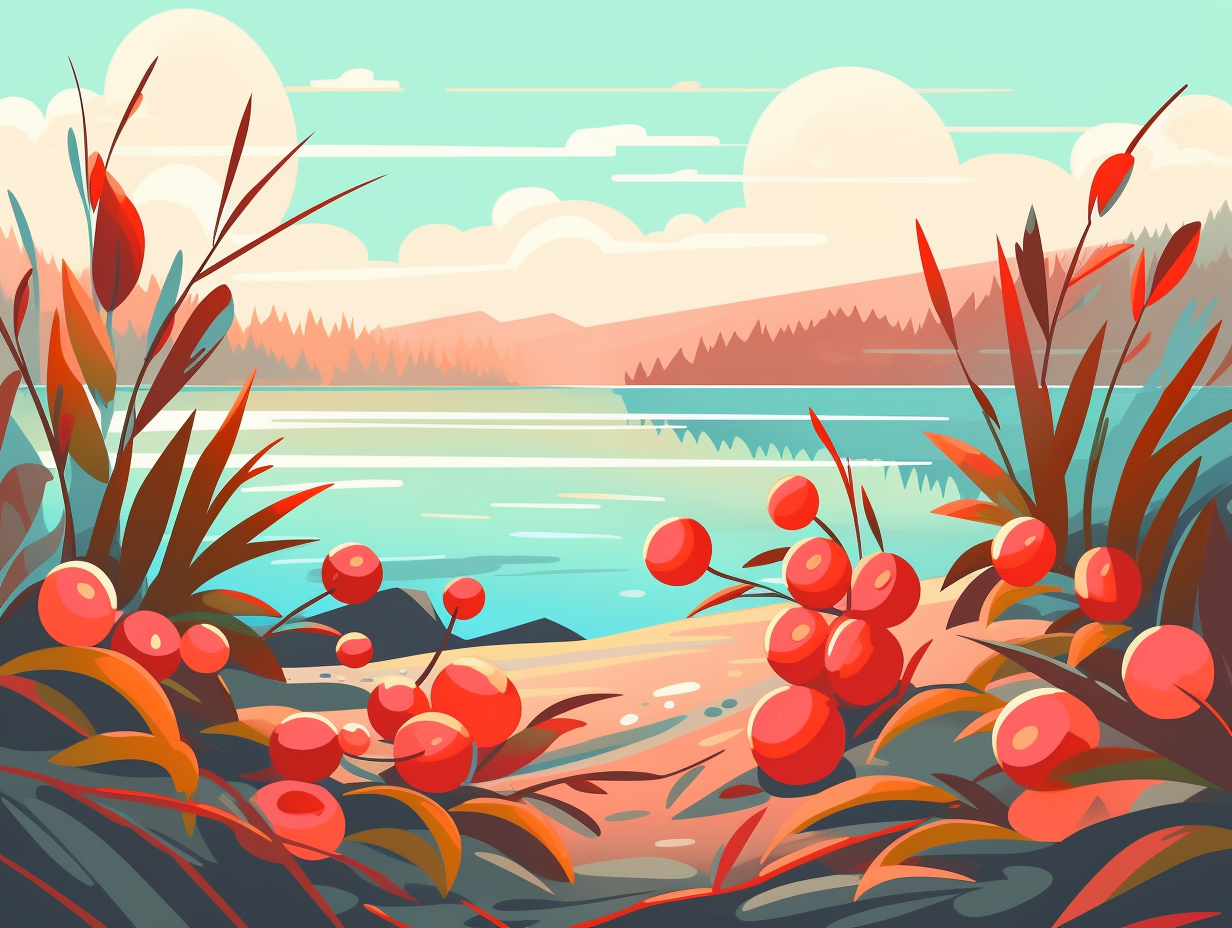5 Delightful and Surprising Fun Facts About Dates You Need to Know

1. Ancient Palms: Zombie Edition
Whoever said old palms never die, they just fade away, clearly never met the Judean date palms: Resurrected from seeds aged 1,800 to 2,400 years old, these gnarly retirees are living proof that ancient farmers were no slouches in the horticulture game, with a genetic makeup showing a diversity of exotic varieties gathered from far-flung destinations like Arabia, Babylon, and North Africa.
Source => haaretz.com
2. Treehouses: Date Farmers' Penthouses
Why did the date farmer build a treehouse? To keep up with the high life, of course: Date palm trees can grow up to 75 feet tall, forcing harvesters to either shimmy up the trunks like a dubious pole dancer or rely on electronic tree lifts, all while battling fruit-pecking birds to collect the ripe, soft, brown, and slightly wrinkled fruits.
Source => wikihow.com

Did you know the luxurious Persian ice cream gets its golden touch from the world's most expensive spice, saffron? Discover how 150,000 to 200,000 hand-picked flowers create your frosty treat's boldest flavor!
=> Fun Facts about Ice-Cream
3. Dates: Bee-less Romance
Why did the bee skip the date? Because there was no buzz-worthy romance to be found: Dates grow on separate male and female trees, relying solely on human intervention for pollination since bees and birds aren't interested in their flowers.
Source => dateland.com
4. Wind-Pollinated Matchmaking
You know how some people say they met their date thanks to the wind? Well, it turns out that date palms would say the same if they could: In nature, date palms are wind-pollinated, but commercial production has taken a more hands-on approach, manually pollinating pollen from male trees to female flowers, boasting a fruitful success rate of 60% to 80%.
Source => journals.ashs.org

5. Date Pits: Goat Treats
No kidding, they've got our goats hooked: Date pits can be used as a cost-effective substitute for concentrate feed in lactating goats' diets, with no negative impact on their milk production.
Source => ncbi.nlm.nih.gov
Related Fun Facts




















